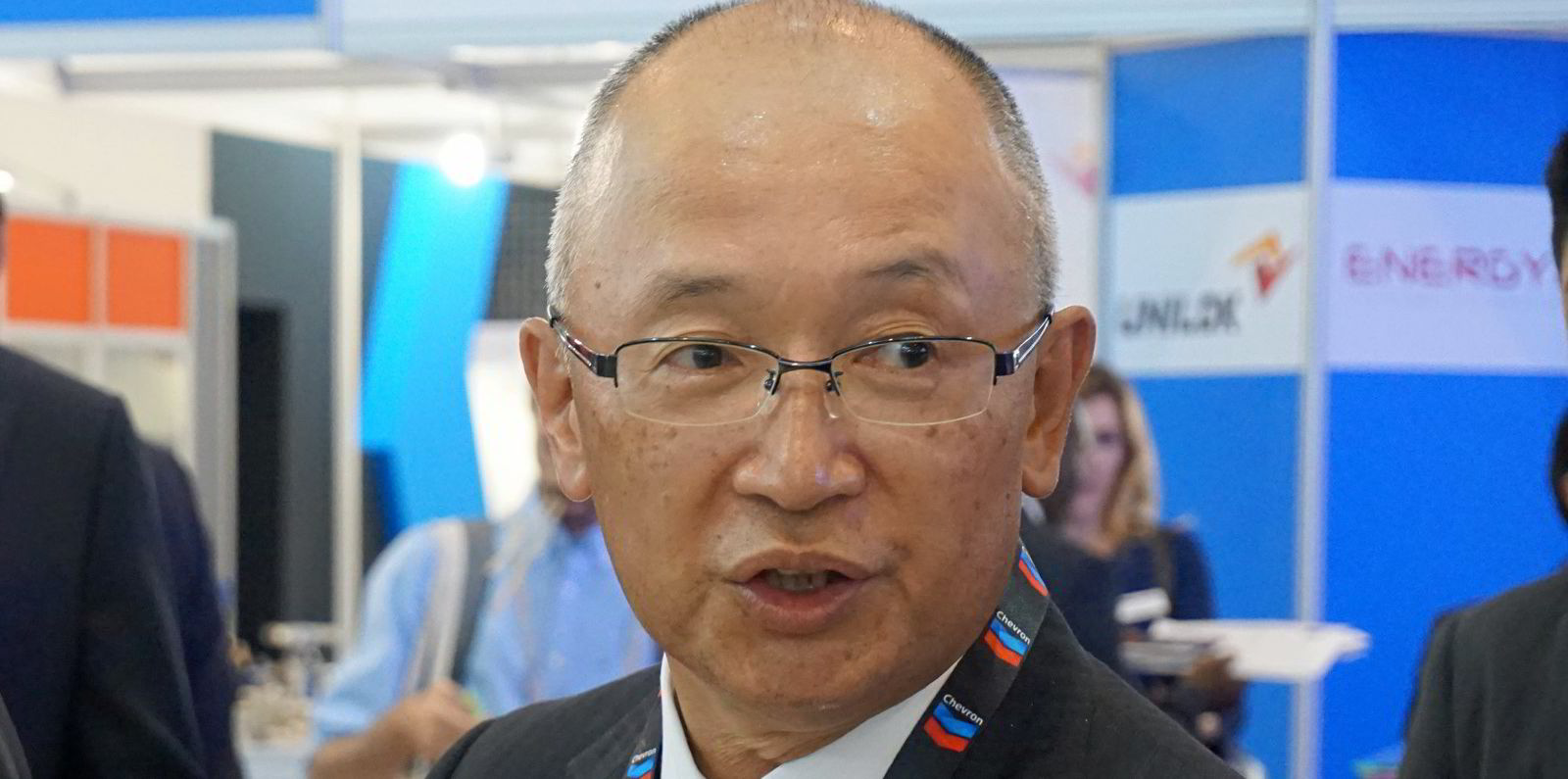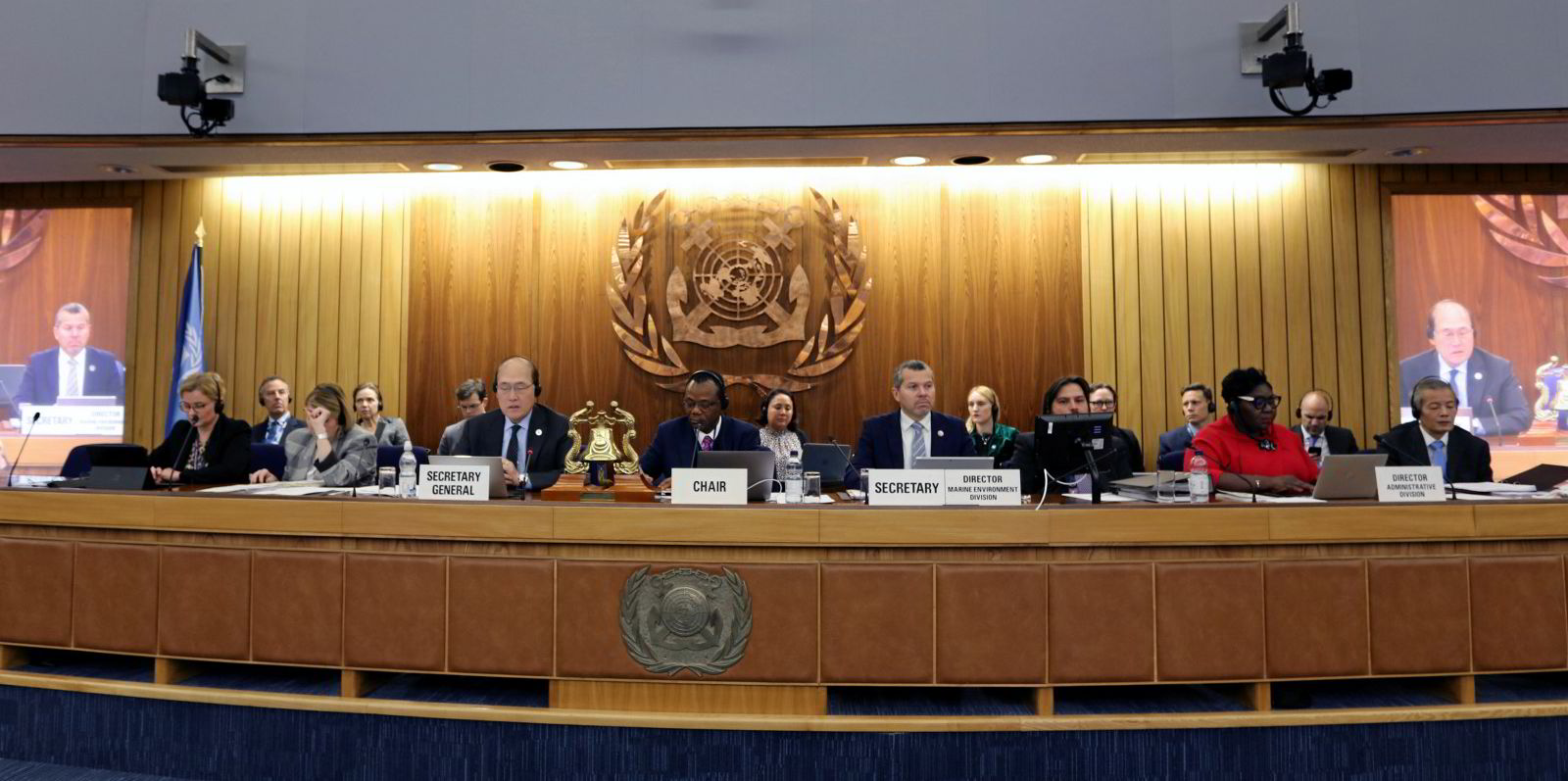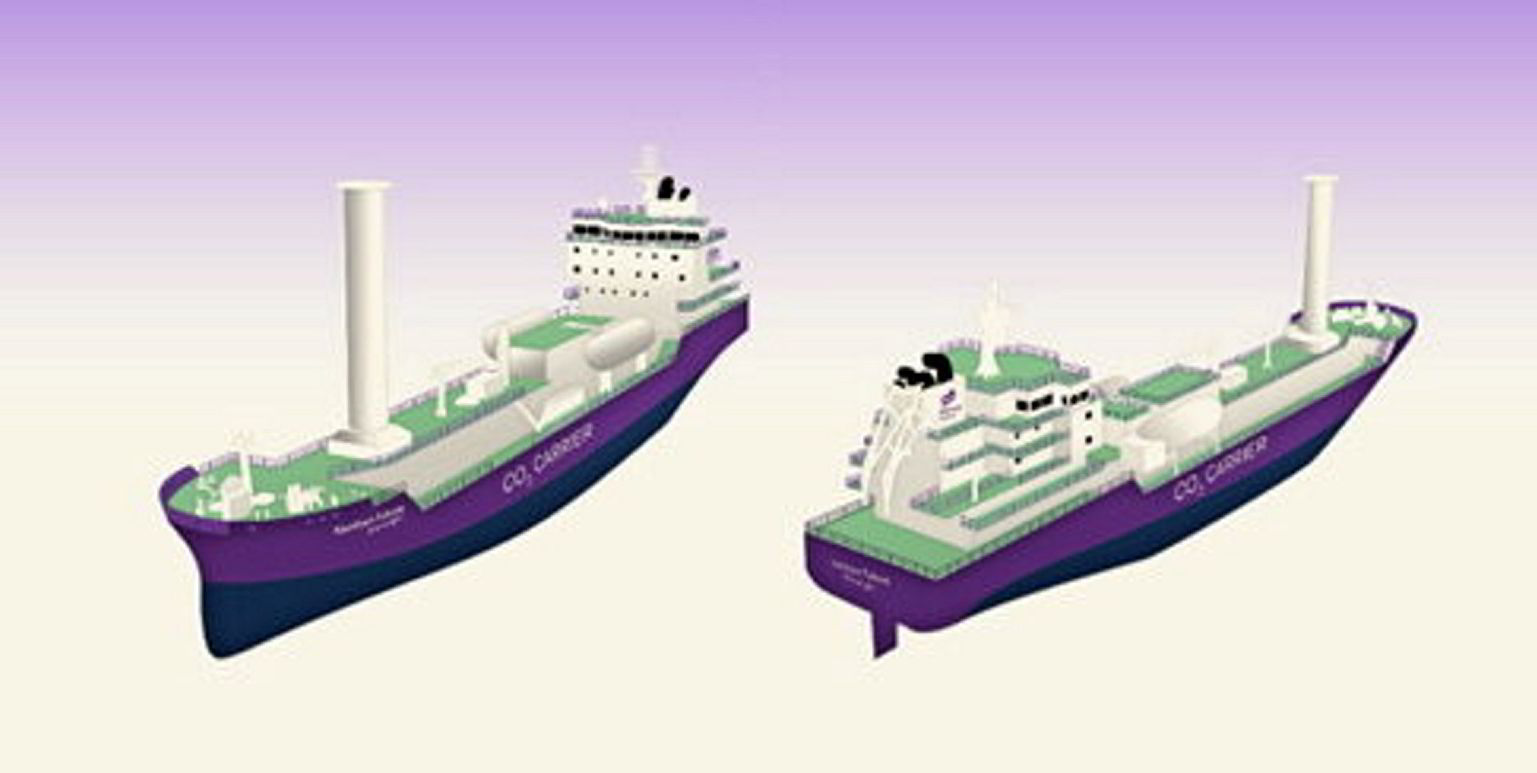Mitsui OSK Lines (MOL) is beefing up its decarbonisation strategy through a research programme into the capture and transport of the carbon emitted by a big Japanese electricity producer.
MOL and the Kansai Electric Power Co (KEPCO) announced on Friday they signed a memorandum of understanding (MoU) to study a CO2 capture-and-storage (CCS) value chain.
The object of the study will be the seaborne transport of liquefied CO2 (LCO2) after it has been separated and captured from KEPCO’s thermal power plants.
KEPCO is a utility operating in the Kansai region, one of Japan’s largest industrial areas.
According to its website, KEPCO has an annual electricity retail sales volume of about 100 billion kWh.
The company generates about a quarter of this energy from nuclear power plants and another quarter from LNG. KEPCO’s next-biggest energy sources are coal (16% of the total) and general hydroelectric power (11%).
The cooperation with KEPCO is just one of several of MOL’s carbon capture-related ventures. LCO2s are an established part of the company’s plans to achieve “net-zero” carbon emissions by 2050.
In March, MOL completed a concept study for a 50,000-cbm vessel that can carry both ammonia and LCO2. The company cooperates with Japanese peer Mitsubishi Shipbuilding Co in the project.
MOL earlier teamed up with Norway’s Larvik Shipping on LCO2s and in February announced an MoU on the same subject with Malaysian state energy company Petronas.
MOL takes part in the “deepC Store Project”, which studies the development of an offshore carbon capture and storage hub in Australia.
Expensive but promising
According to market analysts, carbon capture is still expensive. Costs could fall, however, if production is scaled up, just as happened in the case of solar panels and wind turbines.
Scaling up looks feasible, considering the number of shipping players who are already investing in the technology.
One of them is Peter Livanos, who announced entering that market through EcoLog — an entity with plans for an LCO2 carrier fleet of about 60 ships and assorted terminals.
In another initiative, Norway’s Solvang teamed up with engine manufacturer Wartsila.
South Korean shipbuilder Samsung Heavy Industries has developed an onboard carbon capture system for conventionally-fuelled vessels.
Last but not least, Japan’s NYK and Norway’s Knutsen Group have set up a joint venture to ship and store liquefied LCO2 at ambient temperatures.





